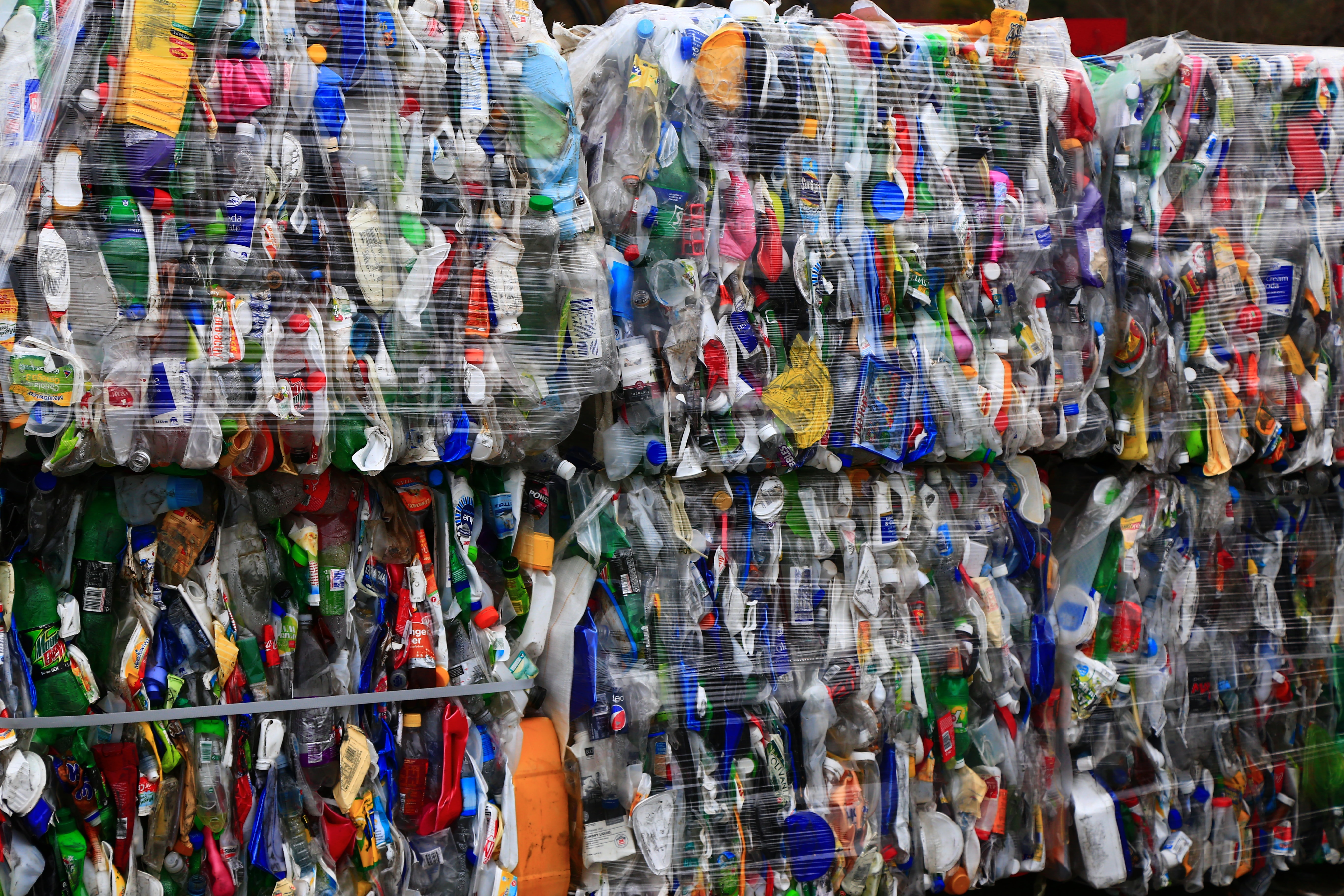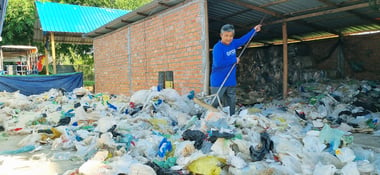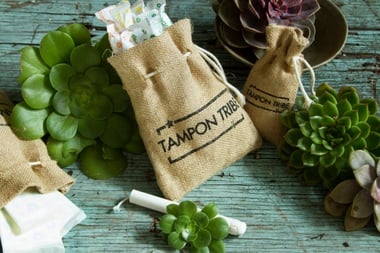
Tom Corfield
Every day at CleanHub we meet proactive brand leaders who come to us with the goal of becoming plastic neutral. They are already working hard to remove all plastic from their product and packaging, but often their manufacturers have not yet caught up with them. In many industries plastic is still necessary, particularly in packaging, in order to meet quality standards in a cost-effective way.
So these leaders work with CleanHub to fund the recovery of plastic from the environment to neutralize their impact. But to do this we need to understand together how much plastic they are using - we call this their plastic footprint.
What is a plastic footprint?
When we talk about the plastic footprint we mean the total weight of plastics put out into the world by a brand over the course of a year. This includes:
- All plastic that goes into making the product
- All plastic that goes into packaging the product
- Recyclable, non-recyclable plastics, and bio-based plastic (plastic is plastic)

At CleanHub we focus on removing
non-recyclable plastic from the
environment (you can read more
about this HERE).
But when we look at the plastic footprint
we also include recyclable materials.
This is because we recognize
(along with the brands we work with) that recyclable materials only work in a world
with a highly efficient circular economy.
The reality is that only 2% of recyclable materials get reused back into the same application. So for now you have to assume that if you’re putting recyclable plastic out into the world it is not 100% plastic neutral.
How do you calculate your plastic footprint?
In theory, calculating your plastic footprint for the last year is pretty easy. You just need to fill in this template for each of your products:
| Product | KGs plastic in product per unit | KGs of plastic in packaging per unit | Sales/year | Sales x KGs/unit |
| Product 1 | 0,5 | 0,1 | 5,000 | 3,000 |
| Product 2 | 0,25 | 0,01 | 1,000 | 260 |
| TOTAL | 3,260 |
Sounds easy, right?
Well, having done this process manually with over 100 brands we’ve found that it’s not as easy as you might think. The biggest challenge is working out the packaging weight, which for many brands (for example in cosmetics and food/drinks) is the only place that plastics are used.
Because the packaging is often supplied by a big third-party manufacturer it does not come ready with a label showing its weight. So here are the different approaches to estimating the weight of plastic packaging
- Weigh it - the quickest way to work out the weight of the plastic is to weigh it on a set of digital scales. Literally empty out your product from its packaging, clean and dry it and separate out the plastic to weigh… For a brand with 50+ products, this can be quite a fiddly job! We’ve done it a bunch of times - it’s quite robust but it takes a while… but if you’re a small brand with a few products this can be a quick job.
- Ask your supplier - we’ve found that most packaging suppliers are willing to provide “technical specifications” to their customers that include weight. For example suppliers of plastic bottles used in cosmetics will know the unit weight of their packaging. This can potentially be very quick and accurate, but it requires a cooperative supplier. Often you can just engage via live chat or email support on the supplier website as a “prospect” - they might be faster to respond if they think you are 'new business' rather than an existing customer.
- We weigh it for you - You can send your products to us and we do the weighing… slow for you and painful for us! But we really want to help, and doing this also helps us to learn more about the plastics used in products.

Why isn’t this simpler?
We asked ourselves the same question! After many sleepless nights washing, drying, and weighing packaging… and getting no replies from manufacturers… we thought there must be a better way. For brands to take action on their plastic footprint it needs to be easy to calculate.So we’ve started building our own Plastic Footprint Calculator.
The first version is currently in Beta and focuses on helping cosmetics brands to calculate their footprint.
Although packaging innovations and the desire to drive change within the cosmetics industry have been thriving in recent years, historically the beauty industry has always been at the top when it comes to creating plastic waste, contributing to 120 billion units of packaging every year.
We'll be rolling out the calculator for other industries soon, to tackle the problem on a wider scale.
We’ve started with first-principles calculations to estimate the plastic footprint of standard cosmetics packaging types. So far our estimates are within 20% of the weights we have found from weighing packaging. We plan to supplement these estimates with hard data points provided by suppliers and manufacturers and with weighing data provided by our community of brands soon.
If you’re a cosmetics brand we’d love to let you try it out and tell us what you think:


-2.png)




.jpg?width=380&name=drone-2021-12-06-10h31m38s177%20(1).jpg)





